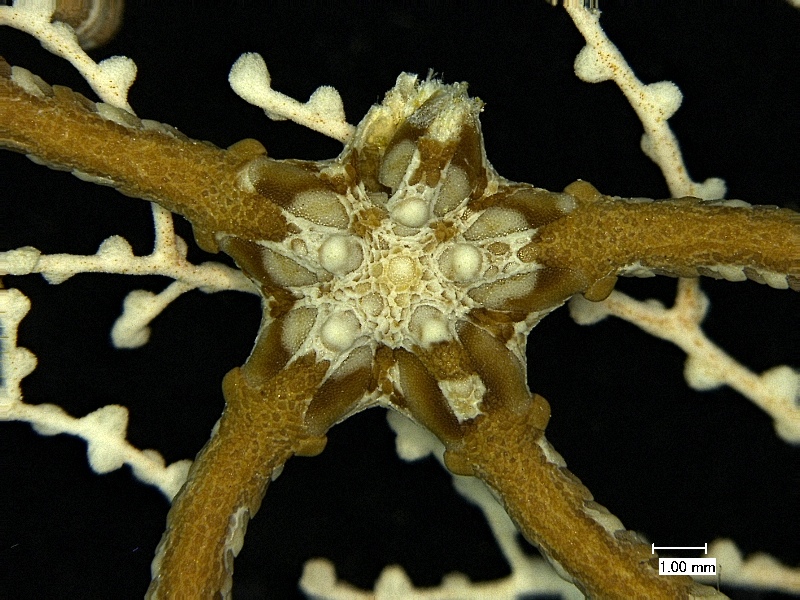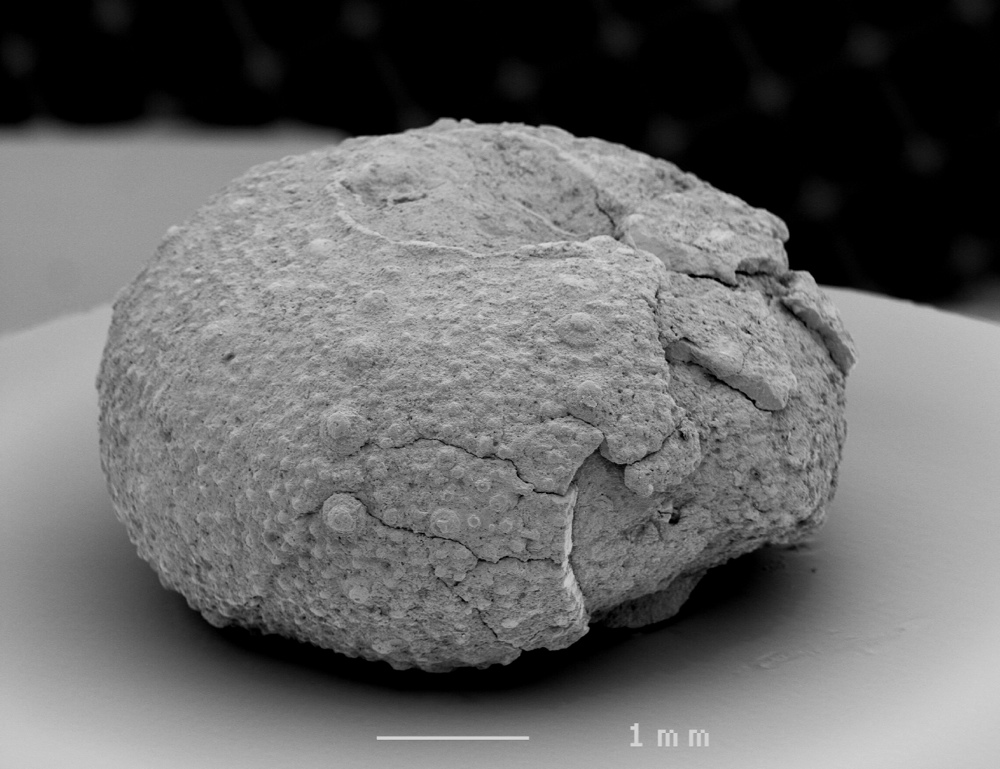180-Million-Year-Old Fossils Revealed in Jurassic Deep Sea

Ancient fossils now reveal that the deep sea may be the origin of many lineages of sea creatures found closer to the surface, such as a number of sea stars, sea urchins and snails, researchers say.
These new findings suggest the deep sea has played a much greater role in producing and preserving diversity in marine life than once thought, scientists added.
The deep sea was long thought to be a lifeless desert. Intense research in the last few decades, however, has revealed that it actually supports one of the highest levels of biodiversity on Earth.
There were few known fossils of deep-sea life older than about 100 million years. Due to the paucity of ancient records of deep-sea life, scientists often suggested that deep-sea communities originated from colonies in shallower waters.
Now, with the help of amateur paleontologist Gero Moosleitner, scientists have discovered fossils of 180-million-year-old deep-sea animals in the Austrian Alps. These now shed light on the surprising history of deep-sea life. [See Images of Ancient and Modern Deep-Sea Life]

"People always assume that biodiversity starts in shallow waters and moves to the deep sea, but these findings are evidence that the deep sea may be a neglected source of biodiversity,"said lead study author Ben Thuy, an invertebrate paleontologist at the National Museum of Natural History of Luxembourg.
A landslide in Glasenbach Gorge near the city of Salzburg in Austria exposed the fossils. Then, over the course of a decade, Moosleitner collected the fossils, alerting Thuy and his colleagues of the treasure trove there.
Sign up for the Live Science daily newsletter now
Get the world’s most fascinating discoveries delivered straight to your inbox.
"The slopes of the gorge we got fossils from were quite steep, which made work a bit difficult, but it was also quite fun," Thuy told Live Science. "We dug up the rock, put it in a sieve, and washed [the rocks] in the brook downslope to get fossils. It was a bit like panning for gold."
The scientists deduced that these fossils came from deep-sea deposits from the absence of fossils of light-dependent organisms, as well as from physical similarities between the rock surrounding the fossils with modern deep-sea rock. The 2,500 or so fossils included the oldest-known members of a number of groups of deep-sea creatures alive today.
Previously, the oldest-known fossils of a number of modern groups of deep-sea organisms were found in shallow-water deposits. This suggested that these modern deep-sea creatures evolved from immigrants from shallow waters. The newfound fossils Thuy and his colleagues analyzed, which predate earlier findings by more than 25 million years, instead suggest that these ancient shallow-water animals may have actually evolved from deep-sea ancestors.
Moreover, when the researchers compared deep-sea fossils with shallow-water fossils of the same age, they found significantly more biodiversity in the deep sea than in shallow seas for at least some of the groups of animals. This suggests that the deep sea can be more successful at sheltering animals from extinction than shallow coastal seas.
"However, we should not assume the deep sea is robust against any man-made disturbance," Thuy said. That would be a dangerous misinterpretation of our results, he said.
The scientists detailed their findings online May 21 in the journal Proceedings of the Royal Society B.
Follow us @livescience, Facebook & Google+. Original article on Live Science.










